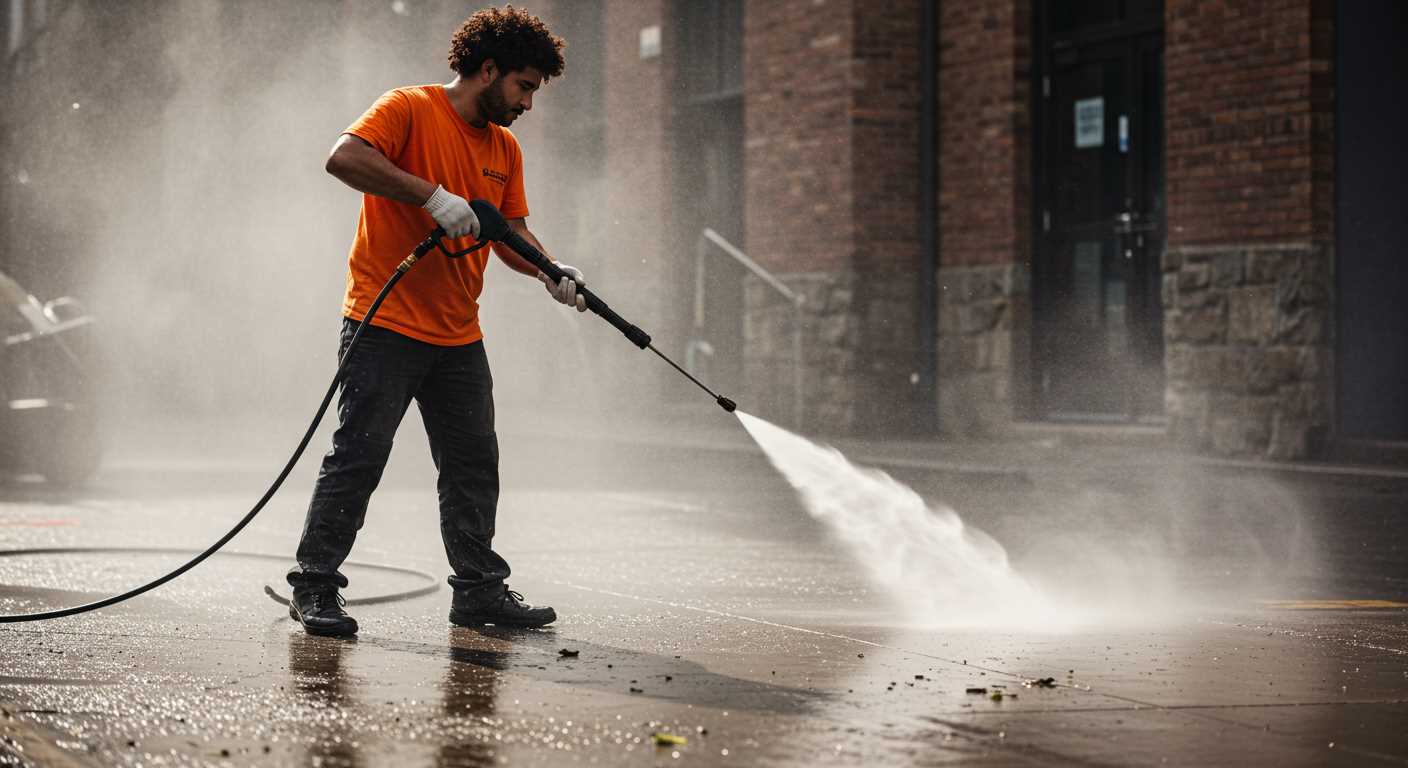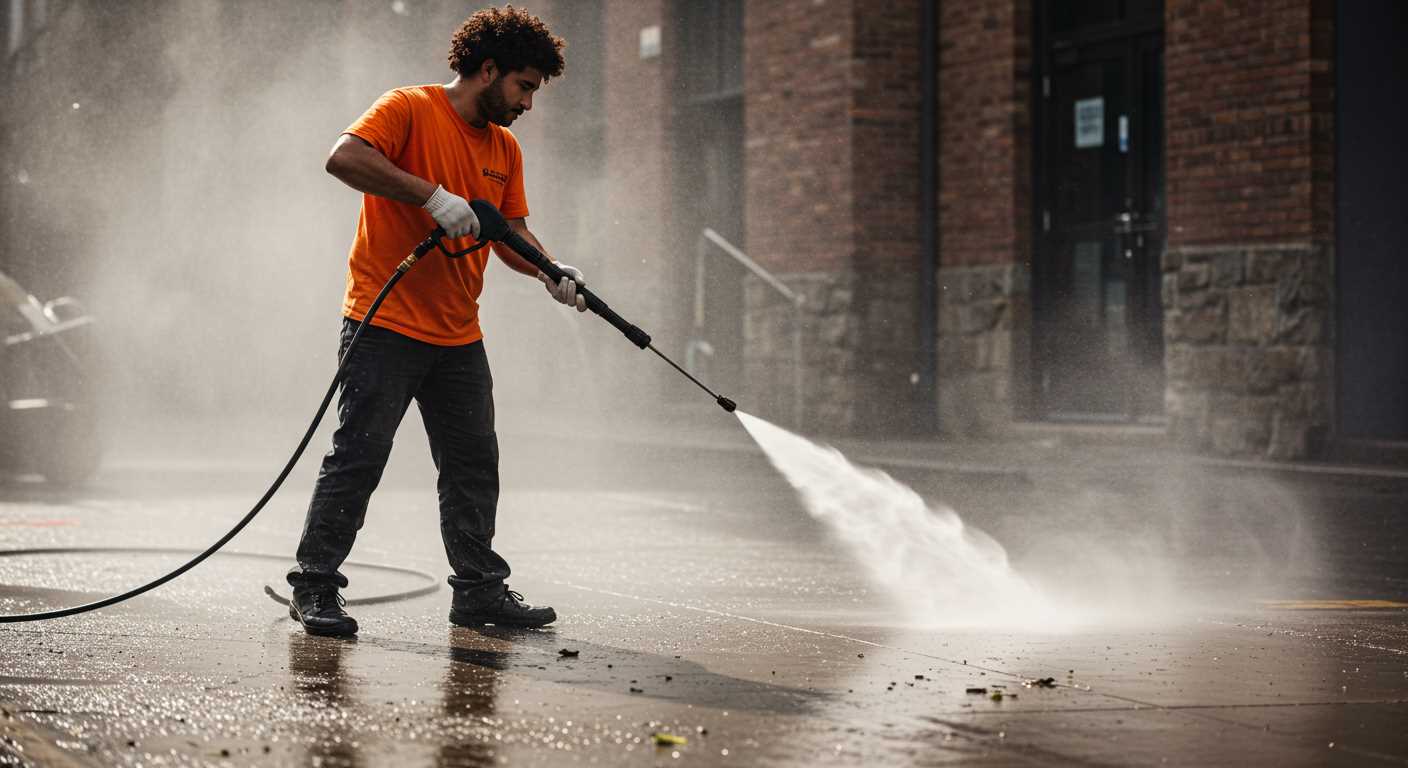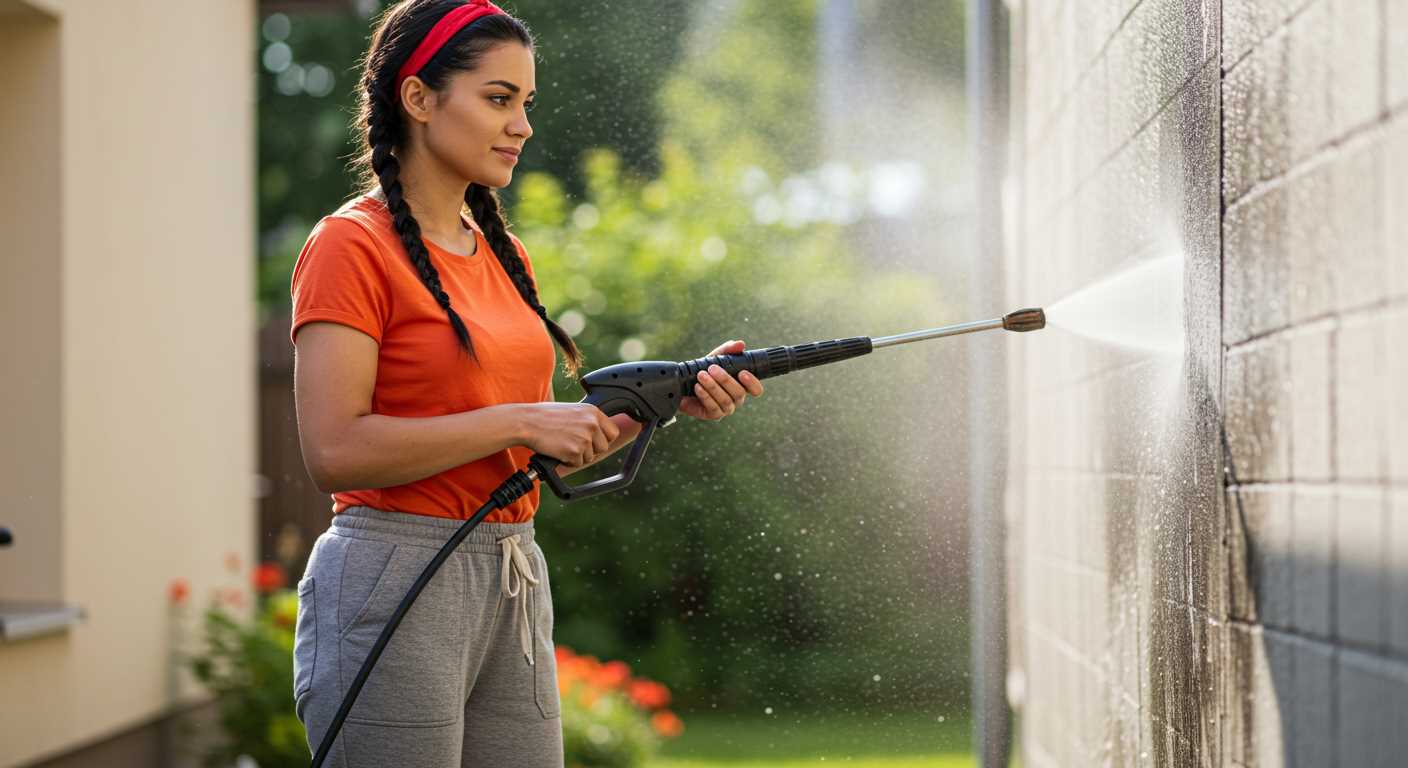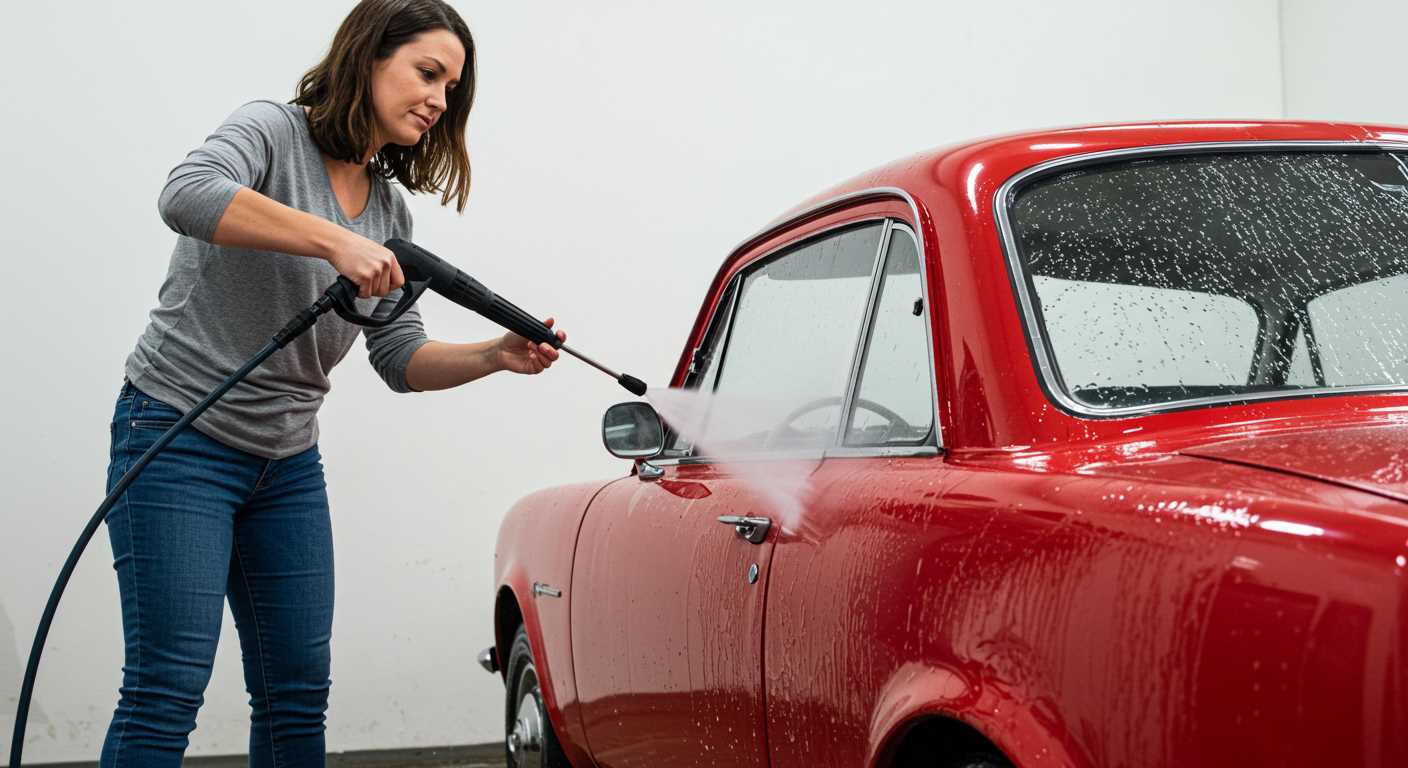


Regular maintenance is key to preventing breakdowns in cleaning equipment. From my years of experience, I’ve found that neglecting regular checks can lead to significant issues. I recall a time when a client experienced a sudden malfunction during a peak season, simply because they hadn’t flushed the system after use. A simple rinse could have saved them from costly repairs.
Overheating is another frequent culprit. I’ve seen many units fail due to prolonged use without allowing the motor to cool. It’s essential to monitor operating temperatures and take breaks to let the machine breathe. One memorable occasion involved a contractor who pushed his machine to the limits, only to find it rendered useless when he needed it most. A few minutes of downtime could have preserved his equipment.
Using water that’s not clean can also wreak havoc. I often advise clients to filter their water source to avoid sediment build-up, which can lead to clogs and damage. I once encountered a situation where a customer ignored this advice and ended up with a severely compromised unit. A simple pre-filter could have prevented that headache.
Lastly, pay close attention to the seals and connections. I’ve had clients overlook minor leaks, thinking they were insignificant. However, these leaks can escalate, leading to major failures down the line. Regular inspections can identify these issues early, saving time and money in the long run.
Common Causes of Pressure Washer Pump Failure
Regular maintenance can significantly prolong the life of your cleaning equipment. However, there are several factors that can lead to the breakdown of these devices. Here are the most common culprits I’ve encountered during my years in the industry.
1. Insufficient Water Supply
A consistent flow of clean water is critical. If the intake is restricted or the water source is inadequate, the mechanism can overheat, leading to damage. Always ensure that:
- The water source is fully open.
- The hose is free of kinks or blockages.
- Filters are clean and in good condition.
2. Contaminated Fluids
Using dirty or contaminated water can cause significant internal damage. I’ve seen units fail due to debris clogging the internals or causing excessive wear. To prevent this:
- Use a water filter to catch impurities.
- Periodically check and replace the water source.
3. Improper Storage
Storing your equipment without proper care can lead to moisture accumulation and subsequent corrosion. I recommend:
- Draining all fluids before storage.
- Keeping the unit in a dry, temperature-controlled environment.
4. Lack of Lubrication
Many units require regular lubrication of moving parts. Failing to do so can lead to increased friction and wear. Always refer to the manufacturer’s guidelines for:
- The type of lubricant needed.
- Recommended lubrication intervals.
5. Overheating
Continuous operation without adequate breaks can lead to overheating. I’ve seen machines shut down due to thermal overload. To avoid this:
- Allow the unit to rest after prolonged use.
- Monitor the temperature during operation.
6. Incorrect Pressure Settings
Using settings that are too high for the task can strain the internal components. I recommend always matching the pressure to the job at hand. This not only protects the equipment but also enhances cleaning efficiency.
7. Age and Wear
Like all machines, these devices have a lifespan. Regular use will naturally lead to wear and tear. It’s essential to:
- Monitor the performance regularly.
- Replace worn-out parts promptly to avoid further damage.
By keeping these factors in mind and performing routine checks, you can significantly reduce the likelihood of mechanical issues and extend the life of your equipment.
Signs Your Pressure Cleaning System Needs Attention
Watch for unusual noises. If you hear a grinding or rattling sound, it’s a clear signal that something is amiss inside the machine. In my early days, I once ignored a strange clanking while testing a unit, only to find out later that the bearings were failing. Addressing issues early can save you a lot of hassle.
Check for leaks. If you notice water pooling around the base or dripping from any part of the equipment, it’s indicative of a seal or connection problem. I remember a time when I overlooked a minor leak, thinking it was just residual water. Turns out, it was a precursor to a major failure that required an expensive repair.
Pay attention to fluctuations in pressure. If you experience inconsistent spray patterns or a drop in cleaning power, it could indicate a problem with the internal components. I had a customer once who couldn’t understand why their unit was struggling. After some investigation, we discovered a clogged inlet filter that was restricting flow. Simple maintenance can prevent bigger issues.
Monitor the temperature. An overheating system can lead to serious damage. I recall a situation where a colleague didn’t check the temperature gauge and continued operating a unit that was running too hot. The result was a burnt-out motor that could have been avoided with a quick inspection.
Be aware of vibrations. Excessive shaking during operation can signal internal damage or misalignment. I once encountered a unit that vibrated violently. After a thorough inspection, I found that the mounting bolts were loose. Tightening them resolved the issue, but ignoring it could have led to further complications.
Lastly, keep an eye on the overall performance. If the machine isn’t cleaning surfaces as effectively as before, it’s time to investigate. I had a friend who thought his unit just needed a new nozzle, but after checking, I found a worn-out pump. Regular checks can help you catch these issues before they escalate.
Maintenance Tips to Prevent Pump Failures
Regularly check and change the oil in the unit. I’ve seen units run dry due to neglect, leading to catastrophic failures. Make it a habit to inspect the oil level before each use. Use the manufacturer’s recommended oil type to ensure optimal performance.
Keep the inlet filter clean. A clogged filter can restrict water flow, causing overheating. I’ve had clients who ignored this simple task, only to face major repairs later. Periodically remove and rinse the filter to ensure unobstructed water flow.
Monitor the water supply. Ensure a steady flow of clean water without debris. I once encountered a damaged unit because the owner used contaminated water. Always check hoses for kinks or leaks that could impede water pressure.
Use the right nozzle for the job. Using a nozzle that’s too narrow can strain the equipment. I remember a customer who consistently used a narrow nozzle for large areas, resulting in significant wear on the internal components. Refer to the user manual for guidance on nozzle selection.
Avoid prolonged idling. Operating the machine without use for extended periods can overheat the internals. I recommend shutting it off if you’re taking a break longer than a few minutes. This simple action can prolong the life of the internals.
Winterize your unit if you live in a cold climate. Water left in the system can freeze and crack parts. During my time in the industry, I’ve seen too many units ruined by neglecting this step. Use a pump saver or antifreeze solution when storing your equipment during colder months.
| Tip | Description |
|---|---|
| Oil Checks | Regularly check and replace oil as needed. |
| Inlet Filter | Clean the inlet filter to prevent clogs. |
| Water Supply | Ensure clean water flow and check hoses. |
| Nozzle Use | Select the correct nozzle for your tasks. |
| Avoid Idling | Turn off the unit during extended breaks. |
| Winterization | Use pump saver or antifreeze in colder months. |
Invest in a quality model, like an electric pressure washer made in usa. A good investment pays off in the long run, reducing maintenance needs and enhancing reliability. Lastly, if you’re travelling, it’s wise to check the are digital cameras allowed on airplanes rules to avoid any surprises. Your equipment deserves the best care, ensuring it serves you well for years to come.
How to Choose the Right Pump for Your Pressure Washer
Choosing the right pump is critical for optimal performance. First, consider the GPM (gallons per minute) and PSI (pounds per square inch) ratings. These figures determine the cleaning power. For light tasks, a unit with around 1400-1600 PSI and 1.2-1.4 GPM suffices. For tougher jobs, aim for 2500 PSI and 2.0 GPM or higher.
Compatibility with Your Unit
Always check compatibility with your equipment. Not all pumps fit all models. Look for pumps designed specifically for your brand or compatible with similar specifications. I once made the mistake of pairing a high-performance pump with an incompatible model, leading to leaks and decreased efficiency.
Material Quality
Pay attention to the materials used in the pump’s construction. Brass fittings and ceramic pistons offer durability. I’ve found that pumps made with plastic components tend to wear out faster, especially under heavy use. Investing in a quality pump saves time and money in the long run, as I learned after replacing a few subpar units.
Evaluate additional features like thermal relief valves and adjustable pressure settings. These can enhance usability and prevent overheating. I’ve appreciated having the ability to adjust pressure for delicate surfaces, which prevents damage and ensures a thorough clean.
Lastly, consider brand reputation and warranty. Established manufacturers often provide better support and assurance. I’ve had positive experiences with brands known for their reliability, which made my decision-making easier.
Repair vs. Replacement: What to Consider for Your Pump
Assess the extent of damage carefully before deciding between repair and replacement. If the issue is minor, such as a leak or a faulty valve, a repair can often be a cost-effective solution. However, if the internal components are severely worn or corroded, replacing the unit might be more economical in the long run.
Cost Analysis
Calculate the cost of repairs versus the price of a new unit. If repairs exceed 50% of the replacement cost, it’s usually more sensible to invest in a new model. I remember a time when I hesitated over a leaking seal. The repair was straightforward, but the ongoing issues led me to eventually replace the unit. It saved time and hassle.
Future Reliability
Consider the age of the equipment. If you’re dealing with an older model, replacement might be wise. Newer designs often incorporate enhanced features and improved durability. I encountered a case where a client clung to an ageing machine, thinking repairs would extend its life. After multiple fixes, a new model not only worked better but also offered greater efficiency.
Always evaluate warranty options as well. New models generally come with warranties that can provide peace of mind, whereas repaired units may not have any guarantees. A solid warranty can be a deciding factor when weighing your options.
FAQ:
What are the common reasons for pressure washer pump failure?
Pressure washer pump failure can occur due to several reasons. Some of the most common causes include overheating, lack of maintenance, contamination of the pump fluid, and improper usage. Overheating often happens when the machine is used for extended periods without breaks, which can lead to seal damage. Regular maintenance, such as changing the pump oil and checking for leaks, is crucial to prevent breakdowns. Additionally, using dirty water or not filtering the water can introduce contaminants that damage the pump. Lastly, using the pressure washer for tasks it isn’t designed for, like using it at a higher pressure than recommended, can also lead to pump failure.
How can I prevent my pressure washer pump from failing?
To prevent pressure washer pump failure, it is important to follow a few maintenance tips. Regularly check the pump oil level and change it according to the manufacturer’s recommendations. Always use clean, filtered water and ensure that the inlet screen is free from debris. Avoid running the pressure washer without water, as this can cause severe damage. It is also advisable to let the machine cool down during long periods of use, as overheating can lead to pump failure. Finally, store the pressure washer in a dry place to avoid corrosion and damage from moisture.
What symptoms indicate that my pressure washer pump is failing?
There are several symptoms that can indicate a failing pressure washer pump. If you notice a decrease in pressure output, unusual noises coming from the pump, or visible leaks, these are all signs of potential issues. Additionally, if the pump overheats frequently or if there are vibrations that weren’t present before, it may be time to inspect the pump. Another symptom is the presence of discolouration in the fluid, which could indicate contamination or wear. Regular checks can help catch these issues early before they lead to complete pump failure.
Can I repair a failing pressure washer pump myself?
Repairing a failing pressure washer pump can be possible for those with some mechanical knowledge and the right tools. If you notice leaks or minor issues, you may be able to replace seals or O-rings without too much trouble. However, if the pump has significant damage or if the problem is internal, it might be more complicated. In such cases, consulting the manufacturer’s manual or seeking professional help is recommended. Always ensure that you have the right parts and understand the assembly process if you choose to attempt repairs yourself.
How long should a pressure washer pump typically last?
The lifespan of a pressure washer pump can vary based on several factors, including usage, maintenance, and the quality of the pump itself. On average, a well-maintained pump can last between 5 to 10 years. Factors such as how often the machine is used, whether it’s operated according to guidelines, and regular maintenance practices can all influence longevity. Using the pressure washer for heavy-duty tasks or neglecting maintenance can shorten its lifespan significantly. Keeping the pump clean and ensuring proper usage can help you maximise its life.
What are the main reasons for pressure washer pump failures?
Pressure washer pump failures can occur due to several factors. One common reason is overheating, which can happen if the pump runs without sufficient water supply. This can lead to damage or complete failure of the internal components. Another reason is the use of incorrect detergent or chemicals that can corrode or damage the pump seals and gaskets. Additionally, lack of maintenance, such as not changing the oil or failing to winterize the pump, can lead to mechanical failures over time. Lastly, physical damage from dropping the unit or exposure to harsh conditions can also contribute to pump failure.





.jpg)


